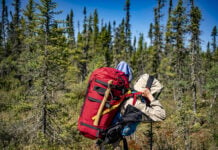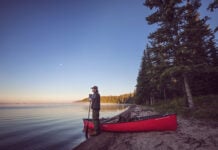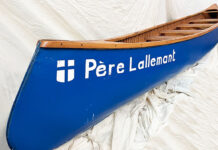When you’re thigh-deep in muck on some godforsaken height of land, most paddlers would agree that portaging is right up there with toxic sea food and celibacy on their list of least favorite things. That is, until you stop to ponder who might have walked the same portage trail. It’s there that the magic of carrying your gear through bogs and over steeps from coast to coast to coast lies.
Why the portage trail, not the river, connects canoeists to the past
The beauty of living in a continent of lakes and rivers is that it is still possible to put a boat on the water almost anywhere and, with enough hard work and sufficient time, arrive at almost any destination.
While these waterways witnessed the march of history, the water itself is as modern as we are—swelled by today’s rains, runoff and melting glaciers. The portage trail is another matter altogether.
Change flows faster through dynamic river systems than it does over granite and dirt. Treading these ancient nastawgan, it is more than an idle dream to think that we’re walking—literally—in the footsteps of our forebears.
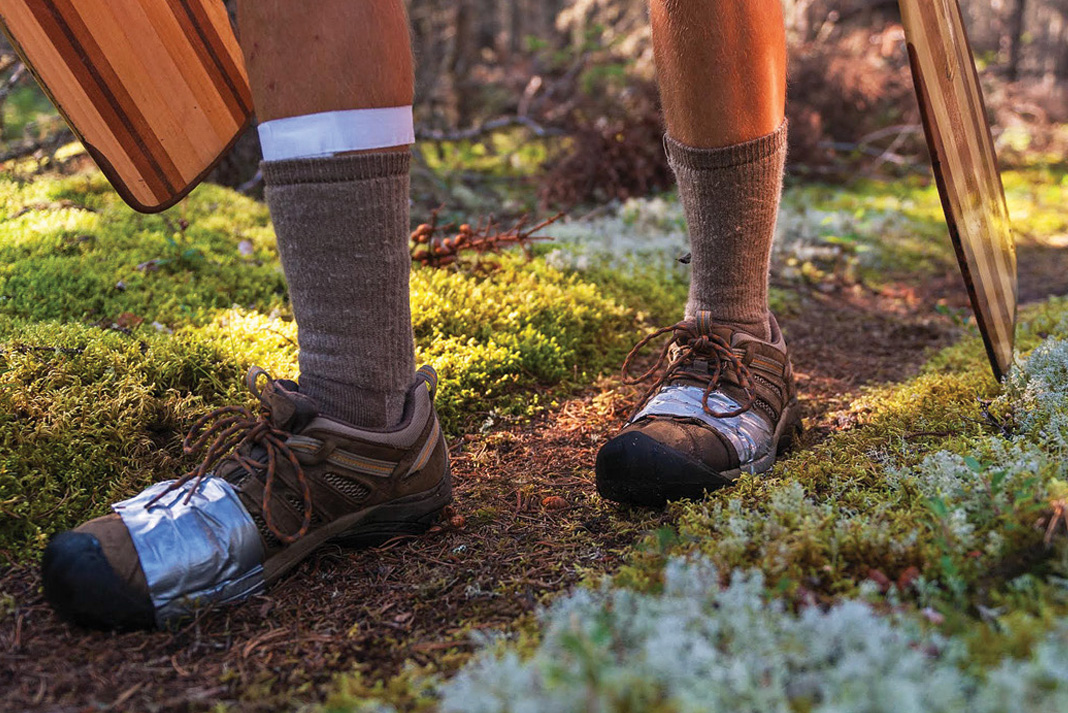
However memorable the carries around canyons, rough water and falls may be, it is the arduous trails across the heights of land where canoeists have always lingered—whether for want or difficulty.
From one watershed into another
At the highest ground, waters flow, however slowly, in two directions. Invariably, that means to cross from one watershed to another is to travel through swamp. The boon of soggy feet is to come as close as a traveler possibly can to those who have come before. Height of land trails are not traveled nearly as often, the number of foot prints between ours and our ancestors is vastly smaller.
It’s on these marshy portage trails that history comes most fully alive.
In the west, along the continental divide, at Gibbons Pass, crossing from the Missouri to Columbia rivers, or vice versa, you can still sense Lewis and Clarke, more than two hundred years gone.
Further north along the Great Cordilleran spine of North America, at Athabasca Pass, you can walk with David Thompson or Sir George Simpson. You can follow their journals word for word and step by step from the east-flowing Whirlpool River over the crags and down to the mighty Columbia.
To the east, there is the legendary 19-kilometer La Loche Portage in Saskatchewan, connecting rivers flowing to Hudson Bay with Arctic waters. Here walked Sir John Franklin, on his way north to the Coppermine river in 1820, and Alexander Mackenzie, on his way to the Pacific in 1793, 12 years before Lewis and Clarke.
Perhaps the best-known place to wet your feet crossing a divide is at Grand Portage, crossing from Atlantic to Arctic waters, where the trails still ring with the silent cries of the voyageurs headed to or from the pays d’en haut.
The DNA of these men—their blood and sweat and struggle—lingers in the soil. Water flows and the river changes, but the trail never washes clean.
“What seems to us bitter trials are often blessings in disguise.” –Oscar Wilde | Feature photo: Kristian Olauson



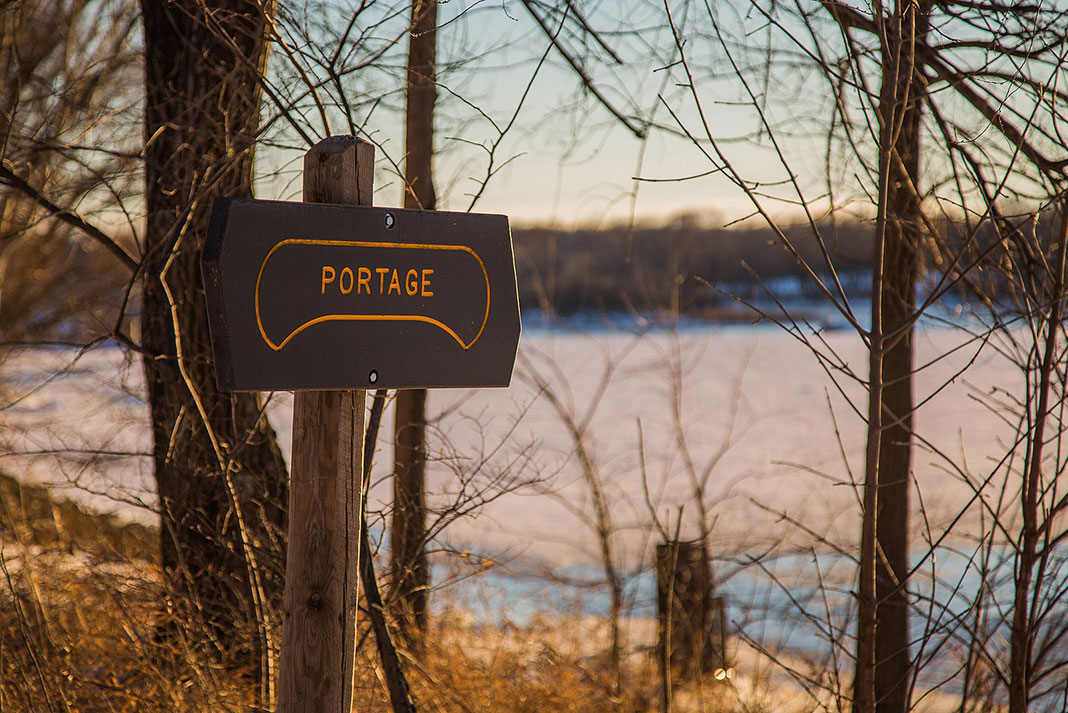
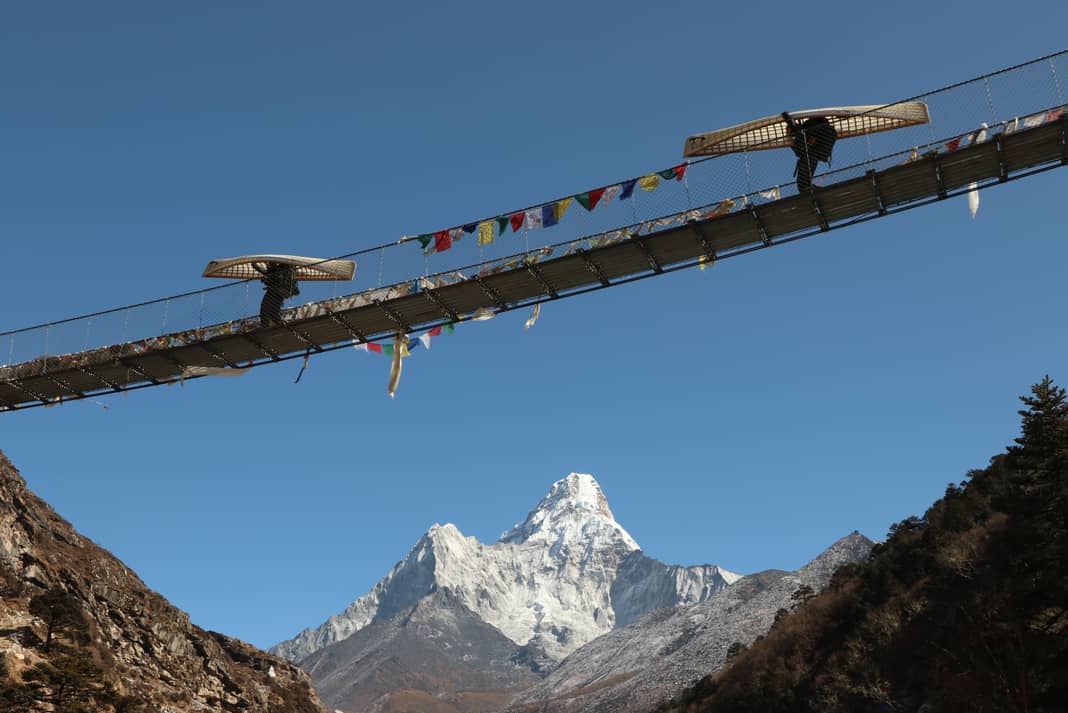
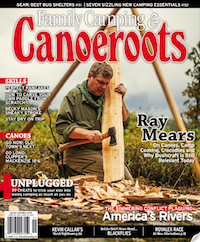 This article was first published in the Spring 2015 issue of Canoeroots Magazine.
This article was first published in the Spring 2015 issue of Canoeroots Magazine. 
